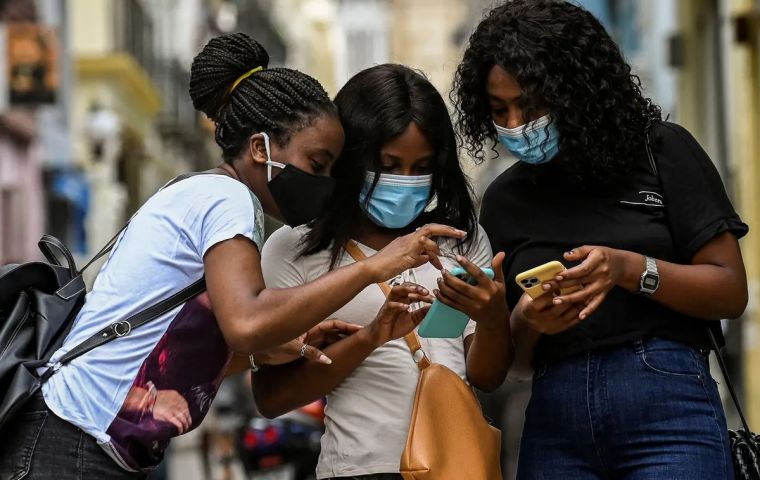MercoPress. South Atlantic News Agency
Still 132 years before gender parity, World Economic Forum report heralds
 Women are overrepresented in education, health, and welfare institutions but underrepresented in science, technology, engineering, and mathematics, according to the WEF.
Women are overrepresented in education, health, and welfare institutions but underrepresented in science, technology, engineering, and mathematics, according to the WEF. The planet will reportedly need to wait another 132 years before total parity between men and women is achieved in the economic, political, educational, and health fields, according to a World Economic Forum (WEF) report on the gender gap released Wednesday.
The study also highlighted that slight progress had been made since 2021, when the time to close the difference was estimated at 136 years, which was nevertheless deemed insufficient to make up for the “one-generation” drop caused by the COVID-19 pandemic.
“We risk permanently retracing the path of recent decades and losing the future economic returns from diversity,” WEF CEO Saadia Zahidi said upon launching the study, according to which the global gender gap index, where 100 % would mean full gender parity and 0 % full gender disparity, stands at 68.1 % in 2022.
Gender inequality was most noticeable among heads of state, MPs, and cabinet ministers: 22 %, according to the study. In other words, the presence of men was four times greater than that of women, a problem that at the current rate will take 155 years to be solved.
Regarding economic participation (wages, presence in the labor force, etc.) the WEF document estimated that parity will take 151 years to be achieved.
Education (literacy and schooling rates by gender) showed one of the smallest differences, with a sub-index of 94.4 %, which will still require 22 years to be corrected at the current pace.
Finally, in terms of health and life expectancy and percentages of men and women at birth, the 95.8% rate which was on paper the smallest of them all needs revising due to a recent setback, the WEF announced.
Iceland was for the 13th consecutive year the country with the highest gender equality in the world, followed by Finland and Norway and then by New Zealand, Sweden, Rwanda, Nicaragua, Namibia, Ireland, and Germany.
Almost all regions are close to parity with rates around 90 % or higher in education and health, but with a very low economic participation of women in South Asia (35.7 %). Overall, the low position of many Asian countries in the WEF rankings was appalling. North America turned out to be the most advanced region in terms of gender parity (76.9 points out of 100), followed by Europe (76.6) and Latin America and the Caribbean (72.6).
The WEF study also showed that women were overrepresented in education, health, and welfare institutions but underrepresented in science, technology, engineering, and mathematics.




Top Comments
Disclaimer & comment rulesCommenting for this story is now closed.
If you have a Facebook account, become a fan and comment on our Facebook Page!